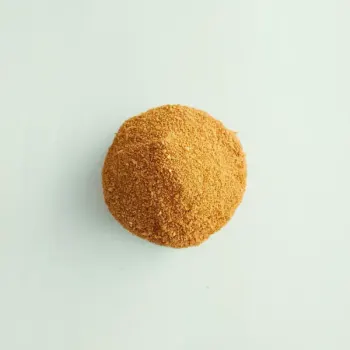


Raw
Asafoetida typically comes in a raw, resinous gum form which is very potent and should be used in small quantities.
Powdered
The most common form, asafoetida powder is the raw resin ground down and often mixed with a starch to prevent clumping. It's easier to use but less potent than the raw form.
Compounded
This is a diluted version of asafoetida, usually a blend of the raw resin with wheat flour or rice flour and gum arabic. It's the least potent form but the most user-friendly.




raw asafoetida: L.G. Asafoetida
powdered asafoetida: Vandevi
compounded asafoetida: Patanjali

Tempering: This technique involves heating asafoetida in oil or ghee along with other spices. It's a common practice in Indian cuisine, where asafoetida is added to hot oil for a few seconds until it sizzles and its aroma is released, before adding other ingredients like onions or vegetables.
Dissolving: Asafoetida can be dissolved in water to create a paste that is then added to dishes. This method is less common but can be used in recipes where oil is not preferred or when a more even distribution of the spice is desired.
Dry Roasting: In some recipes, asafoetida is dry roasted to mellow its sharpness. This is done by heating it in a pan without oil until it changes color slightly, which takes just a few seconds. After roasting, it's ground into a powder and used in spice blends.




